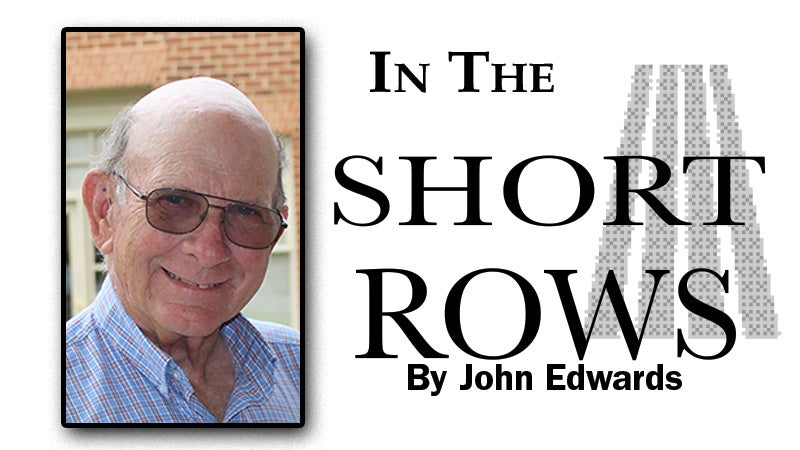Remembering Jack Dashiell, artist and war hero
Published 4:40 pm Tuesday, August 4, 2020
Now that the Isle of Wight Museum has reopened, you might want to pay a visit to see one of its smallest but nonetheless interesting exhibits — the Jack Dashiell duck carving display.
John C. Dashiell, who died just over three years ago at age 90, was one of Smithfield’s most fascinating and complex characters. He was actually Colonel Dashiell, but he wouldn’t hold you to the title. He preferred simply “Jack.”
And he definitely wouldn’t want to talk about his military experience, which included serious injuries from machine gun fire on Pork Chop Hill in Korea, and his later command of an air cavalry battalion in Vietnam, where he earned not one, but two, Silver Stars.
Jack carried shrapnel from Korea until he died, but he rarely mentioned the pain that accompanied it, and then only with close associates.
What Jack Dashiell did like to talk about was Smithfield and the Pagan River, where he and brother Harry grew up on the family farm, Moonefield.
There are photos of the two brothers dressed for hunting and standing by the small rowboat that was their primary transportation and shooting platform during the winter months.
Both learned an appreciation for the Pagan and Virginia’s saltmarsh-laden Tidewater region during those years, and it was there that Jack began to teach himself an art form unique to the Chesapeake — decoy carving. There wasn’t a lot of money in those days and if you wanted duck decoys to shoot over, you often had to find someone to make them. Jack Dashiell became that someone, and in that work was born a love of art.
Jack and Harry were both Dashiells, through and through, and the family had a tradition of military service, so in 1945, Jack joined the Army and went to Germany just as World War II was concluding. Throughout his life, though, art would compete with military service for his attention. He was sufficiently passionate about art to enter William and Mary after WWII. There he earned a Bachelor of Fine Arts.
Then came Korea and the tug to again serve the nation, and he did so with distinction.
In 1995, some years after his retirement from military life, Jack and his wife, Dorothy, bought a lot on the old family farm and built a house overlooking the marshes he had hunted as a child.
He had already renewed his art career by then, becoming a master carver of delicate and lifelike waterfowl decoys.
He was good at the artform — among the best. In 1986, he won the prestigious Richard LeMaster Memorial Award at the World Championship Wildfowl Carving Competition.
Once back in Smithfield, Jack continued an energetic period of carving, including male and female pairs of ducks that are regular visitors to the Pagan. That entire set — 22 decoys in all — was purchased by Mr. and Mrs. William Ballard, who also lived in the Pagan.
The Ballards, in turn, donated all of their Dashiell carvings to the Isle of Wight Museum, where they reside today. The collection was such a popular addition to the museum’s holdings that Jack Dashiell’s neighbor, Verne Edwards, wrote a book titled “The Museum Duck” to add interest to it. Illustrated by another local artist, Kim Norman, the book remains available.
After Jack’s death, his children donated to the museum his carving tools, unfinished “blocks” from which decoys are carved, several stuffed birds he used as models and miscellaneous items, including the old rush bottom chair he sat on as he worked in his studio overlooking the Pagan. (Attached to the chair is one of those tiny blue, numbered tags used to mark when a military family moves.)
All of it, down to shavings that he left on his workbench the last time he was in the studio, after he was diagnosed as having terminal cancer, now sits alongside several of the finished carvings from the Ballard collection. Together, they are a small but effective, even emotional, visual display that’s a lasting tribute to a very talented native son of Smithfield.
John Edwards is publisher emeritus of The Smithfield Times. His email address is j.branchedwards@gmail.com.


